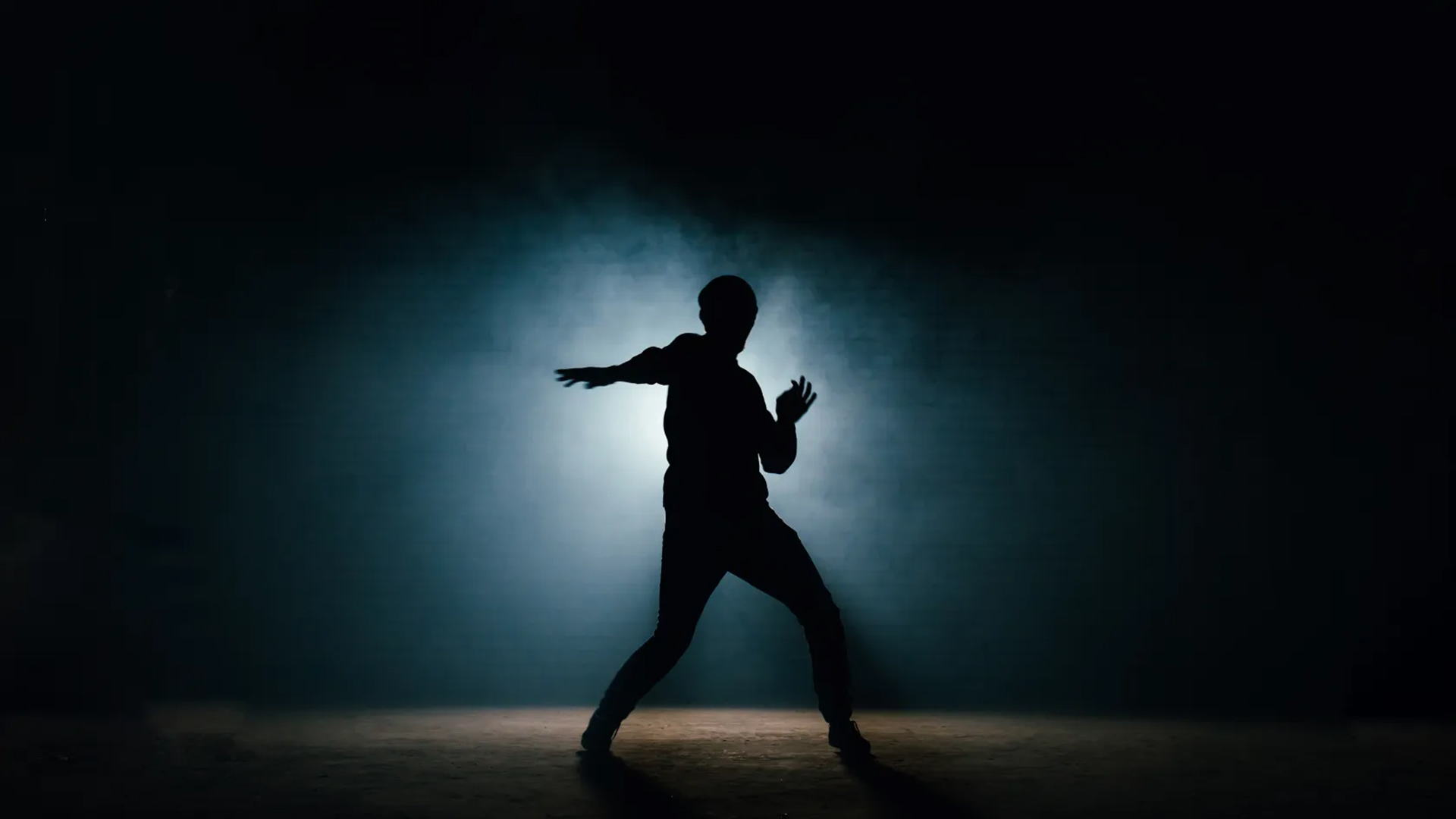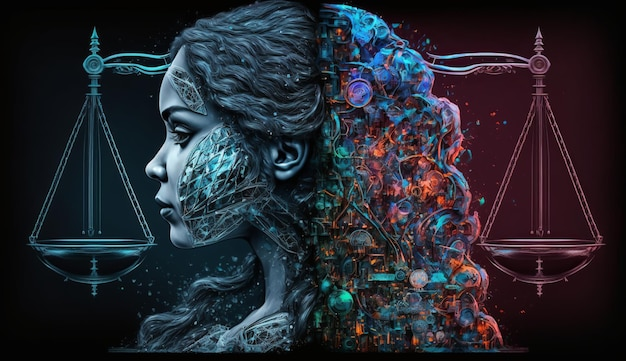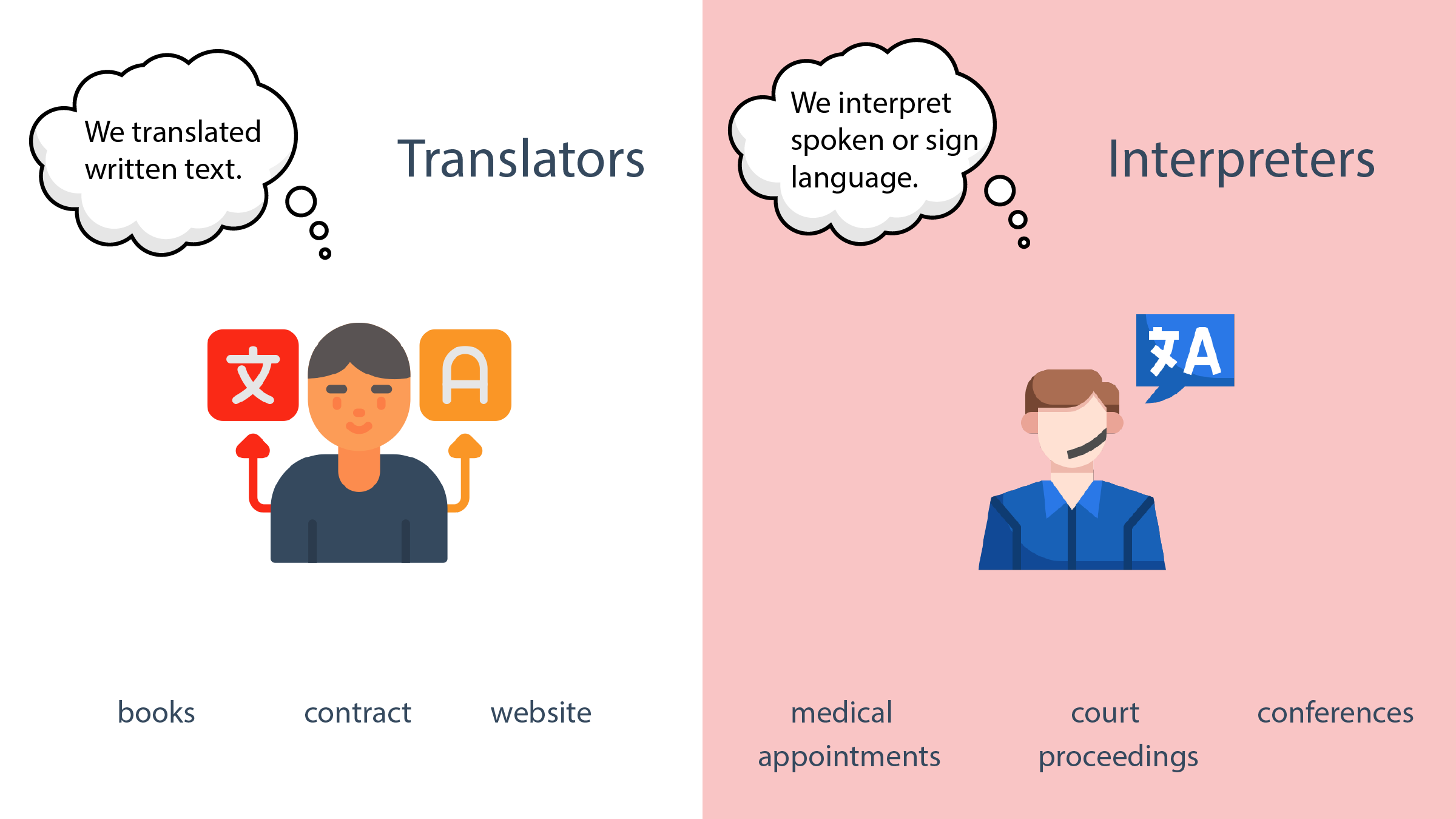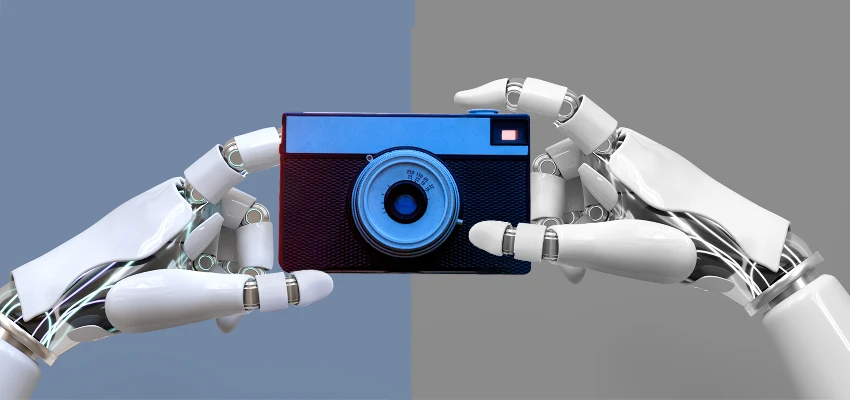Dance release techniques embody a fascinating intersection of physical expression and emotional liberation. These techniques encourage individuals to fully immerse themselves in movement, creating a space where they can find release in dance, regardless of skill level or societal expectations. As evidenced by various dance techniques across cultures, including spiritual dance practices, the act of dancing can be a profound journey towards self-discovery and inner peace. Whether you’re embracing the ethos of ‘dance like no one is watching’ or drawing upon traditional Malian dance practices such as djine foly, the goal remains consistent: to let go of inhibitions and connect with your body and spirit. In a world often focused on appearances, these practices remind us that the true essence of dance lies in the freedom it brings.
Exploring movement through various modalities can lead to a deeper form of expression and connection with oneself. Known broadly as movement techniques, these practices, which include elements of spiritual dance, facilitate a unique pathway for individuals to unlock emotional and psychological constraints. Participants often find that discovering release through dance can mimic the intensity of traditions like those found in Malian dance, where the body’s rhythm aligns with spiritual journeys. The transformative power of dancing allows one to embrace vulnerability and authenticity, an essential reminder that engaging in dance is as much about the journey as it is about the outcome. Ultimately, whether classified under dance release methods or creative movement practices, the art of dance invites us all to step into a world where we can truly shine.
Embracing Dance Techniques for Emotional Release
Dance techniques are a powerful medium for self-expression and emotional release. Each movement, whether it’s a smooth choreography or spontaneous expression, has the potential to unlock feelings buried deep within us. Practicing various dance techniques allows individuals to find their unique style and voice, transforming their experiences into fluid motions. This approach not only ignites creativity but also fosters a connection to the physical body, engaging in a dialogue with one’s emotions. By incorporating these techniques into our regular practice, we essentially create a toolkit for emotional exploration.
Engaging with different dance styles can also lead to remarkable personal growth. For many, the act of moving freely can feel like breaking free from constraints imposed by daily life. Whether through ballet’s structured grace or hip-hop’s rhythmic freedom, these diverse forms can help individuals navigate their emotional landscapes. Each style offers its own lessons, challenges, and opportunities for personal development, facilitating a deeper connection with oneself and others. Ultimately, embracing dance techniques allows us not only to express ourselves but also to experience profound emotional release.
Finding Release in Dance to Enhance Spiritual Connection
Finding release in dance transcends mere physicality; it becomes a spiritual journey. Within the sacred traditions of dance, such as Malian practices, we see how movement connects individuals to a higher state of consciousness. The act of moving with intention, like the imaginative dance practices of djine foly, opens a portal to the spiritual realm. Here, dancers often enter a trance-like state that allows for a visceral experience of joy and emotional catharsis. This underscores the importance of not just dancing, but of dancing with purpose and connection to one’s inner self.
Engaging in such a spiritual dance creates a shared experience that resonates among dancers, forging deeper connections with themselves and the community around them. When we dive into these practices, we shed societal expectations and embrace the freedom of the spirit. Dances that allow for uninhibited movement break the boundaries of everyday life, transforming the dancer’s experience into one that is both personal and communal. In doing so, we find not only release but also a sense of belonging and understanding among fellow dancers.
Dance Like No One Is Watching: A Path to Self-Discovery
Dancing like no one is watching encourages individuals to let go of insecurities and embrace their authentic selves. This phrase resonates deeply with those looking to explore the depths of their being through movement. When we let go of the fear of judgment, we unlock a magical door to self-discovery. The freedom in our movements allows us to express the highs and lows of our emotions, acting as a therapeutic release. It becomes a safe space where vulnerability transforms into strength, unlocking layers of the self we might not fully acknowledge.
When we dance without an audience in mind, we engage with our bodies wholeheartedly. This type of dance fosters a sense of joy that is contagious; it reminds us of the childlike wonder we often forget. In moments free from scrutiny, our intuition guides us, allowing us to explore spontaneous expressions that feel true to our essence. As we move, we learn to appreciate the beauty of imperfection, and in these moments, we come to understand that the journey of self-expression is more significant than the outcome.
The Role of Spiritual Dance in Community Building
Spiritual dance practices, such as those found in Mali, serve not only as a form of personal exploration but also as a foundation for community building. Through collective rituals and dances, individuals come together to celebrate shared beliefs and cultural heritage. These performances become a vibrant tapestry of emotion, history, and identity, uniting participants in a powerful communal experience. As dancers immerse themselves in the rhythm of the group, they foster connections that go beyond the physical, creating bonds rooted in shared spirit and intention.
Moreover, the collective experience of spiritual dance fosters empathy and understanding within communities. The shared act of expression can highlight personal narratives, allowing dancers to relate to each other’s struggles and triumphs. This bond reinforces the idea of unity in diversity, where each individual’s voice contributes to the overall narrative of the community. In this way, spiritual dance techniques not only enrich personal lives but also serve as a crucial mechanism for social connection and cultural preservation.
Understanding Malian Dance Practices: Cultural Heritage Unveiled
Understanding Malian dance practices offers a profound glimpse into the rich cultural heritage of West Africa. These traditions are not merely about entertainment; they encapsulate the history, beliefs, and social values of the Malian people. Dance serves as a medium for storytelling, where each movement conveys messages about the past and future. The intricacies of these dance forms reveal deep spiritual connections, as they often mirror the rhythms and patterns found in nature and the cosmos.
Moreover, the preservation and performance of Malian dances play an essential role in maintaining cultural identity amidst globalization. The community’s engagement in these practices ensures that the stories and wisdom of ancestors are passed down through generations. Dancers embody their heritage, celebrating rituals, festivals, and important life events through movement. By understanding and embracing these dances, participants foster a sense of pride, not only in their personal identity but within the broader cultural tapestry.
Releasing Tension Through Movement: A Simplistic Approach
Releasing tension through movement is a fundamental aspect of dance that often goes unnoticed. In our busy lives, stress can accumulate, leaving us feeling heavy and restricted. Dance provides a unique outlet to express and release these pent-up emotions. By allowing our bodies to move freely, we can literally shake off the stress and tension built up over time. This release often leads to a renewed sense of clarity and peace, unlocking creativity that may have been stifled.
The beauty of this approach lies in its simplicity. Anyone can engage in dance to find relief, regardless of skill level. There’s no perfect way to express oneself through movement; the essence is to allow the body to speak in ways words sometimes cannot. Whether it’s dancing in the living room, joining a class, or participating in a community dance, the act itself becomes a form of therapeutic expression that restores balance and happiness. In recognizing that ‘Ain’t nobody concerned if you look good,’ we find freedom in our authenticity.
The Connection Between Dance and Emotional Well-being
The undeniable connection between dance and emotional well-being is supported by various studies and anecdotal evidence. Engaging in physical movement releases endorphins, often referred to as the body’s feel-good hormones. When we dance, we not only express our emotions but also enhance our mood, making it a potent tool for combating anxiety and depression. This interrelation between the physicality of dance and mental health reinforces the importance of incorporating movement into our daily routines.
Additionally, the emotional benefits of dance extend beyond the individual to influence relationships and community bonds. As people come together to share the experience of dance, they create networks of support and happiness. These connections can lead to improved socialization, fostering friendships, and a sense of belonging. Thus, dance becomes not just a means of personal expression but a catalyst for communal joy and emotional resilience.
Exploring the Therapeutic Aspects of Dance
Exploring the therapeutic aspects of dance reveals its potential as a form of expressive therapy. Dance therapy integrates body movement with emotional expression, facilitating healing in a way that traditional talk therapies may not achieve. This practice allows individuals to explore their emotions through movement, often leading to insights and a deeper understanding of their feelings. As such, dance transforms pain and trauma into beauty and expression, providing both relief and empowerment.
Moreover, dance therapy can be particularly beneficial for marginalized communities, offering a space to voice experiences often left unheard. Through the act of dancing, participants can reclaim their narratives and express their truths authentically. The use of dance as a therapeutic tool highlights the importance of movement in personal healing processes, showcasing how ancient forms of art can lead to modern advancements in mental health practices. In recognizing the cathartic nature of dance, we emphasize its healing power within both individuals and communities.
The Artistic Freedom Within Dance Practices
The artistic freedom found within dance practices is transformative. Dancing is an expression that is uninhibited by societal norms or rules, allowing for the improvisation of movements that reflect personal stories and experiences. This freedom lets dancers break away from traditional forms, leading to the creation of innovative styles that resonate on deeper emotional levels. Each dancer brings their own journey, infusing their movements with unique perspectives that enrich the overall tapestry of dance.
This openness to expression fosters a community of creativity and collaboration among dancers of all backgrounds. As everyone explores their artistic freedom, new narratives emerge that challenge societal boundaries and stereotypes. Dance becomes a sanctuary for individuality, where every performance is an opportunity to celebrate the diverse human experience. Ultimately, this artistic freedom not only enhances personal growth but also contributes to the evolution of dance as a powerful art form.
Frequently Asked Questions
What are some effective dance release techniques for beginners?
Effective dance release techniques for beginners include focusing on breath control, allowing free movement of the body without judgment, and using improvisation. Embrace a mindset of dancing like no one is watching, which helps in shedding self-consciousness and encourages true emotional expression. Connecting with rhythms and letting your body flow naturally can enhance your experience.
How can spiritual dance enhance my dance release techniques?
Spiritual dance enhances dance release techniques by connecting the dancer with deeper emotions and a sense of community. Practices like the Malian dance ‘djine foly’ encourage entering a trance-like state, where dancers can express joy and release pent-up feelings. Incorporating spiritual elements can elevate the transformative power of dance as a medium for personal release.
What is ‘finding release in dance’ and how can I practice it?
Finding release in dance involves letting go of inhibitions and allowing your body to express freely. You can practice this by engaging in improvisational dance sessions where you focus solely on your movements and rhythms, without worrying about appearance. Exploring various dance techniques that promote emotional exploration can assist in discovering a deeper sense of freedom in your expression.
How does the concept of ‘dancing like no one is watching’ relate to dance release techniques?
The concept of dancing like no one is watching is integral to effective dance release techniques as it promotes authenticity and self-expression. When dancers feel free from the fear of judgment, they are more likely to explore and embrace their unique styles and movements, facilitating emotional release and a deeper connection to their dancing experience.
Can Malian dance practices influence modern dance release techniques?
Yes, Malian dance practices, such as ‘djine foly,’ can significantly influence modern dance release techniques. They emphasize spiritual connection and use movement to enter a transformative state, fostering emotional release and joy. Integrating the rhythms and intentions of Malian dance can enrich contemporary dance forms, offering dancers a new avenue for escaping limitations and expressing themselves.
What role does intention play in dance release techniques?
Intention plays a crucial role in dance release techniques as it guides the dancer’s emotional and physical expression. Setting a clear intention before dancing can direct focus and energy, creating a more profound connection to movements. It encourages dancers to embody their emotions, potentially leading to a cathartic experience where they can fully embrace and release their feelings.
How can I encourage my students to embrace dance release techniques?
Encouraging students to embrace dance release techniques can be achieved through creating a relaxed environment where they feel safe to express themselves. Use phrases like ‘just dance’ and promote improvisation, allowing them to explore different movements without the pressure of looking ‘good.’ Incorporating spiritual elements, such as focusing on breath and allowing emotional release, can further enhance their experience.
| Key Concepts | Details |
|---|---|
| Dance Release Techniques | Techniques emphasizing freedom and emotional release during dance. |
| Personal Experience | Choreographer discusses the cathartic feeling of dancing freely as if being watched. |
| Cultural Reference | Djine foly in Mali – A trance-inducing dance technique bringing joy and spiritual connection. |
| Teaching Philosophy | Encouragement to shout and move freely to release tension during dance. |
Summary
Dance release techniques focus on embracing freedom and emotional expression through movement. In this captivating art form, individuals are encouraged to let go of self-consciousness and dance authentically, as if everyone is watching. This method not only fosters personal joy but also deepens one’s connection to cultural practices like the Malian djine foly, which enhances spiritual experiences through trance-like movements. By incorporating these techniques into dance, participants can achieve a profound sense of relaxation and emotional release, highlighting the therapeutic benefits of simply dancing without constraints.



